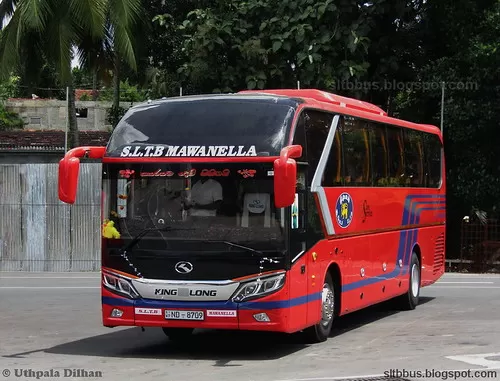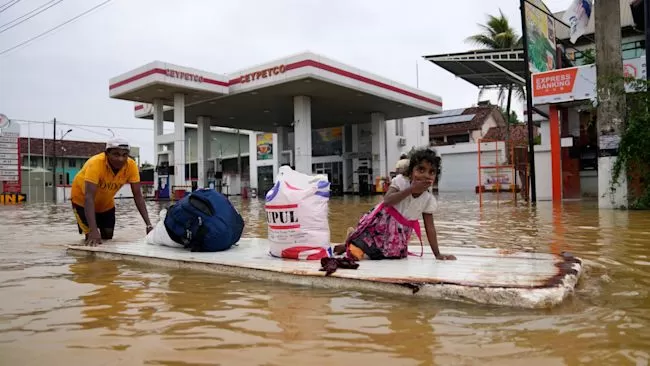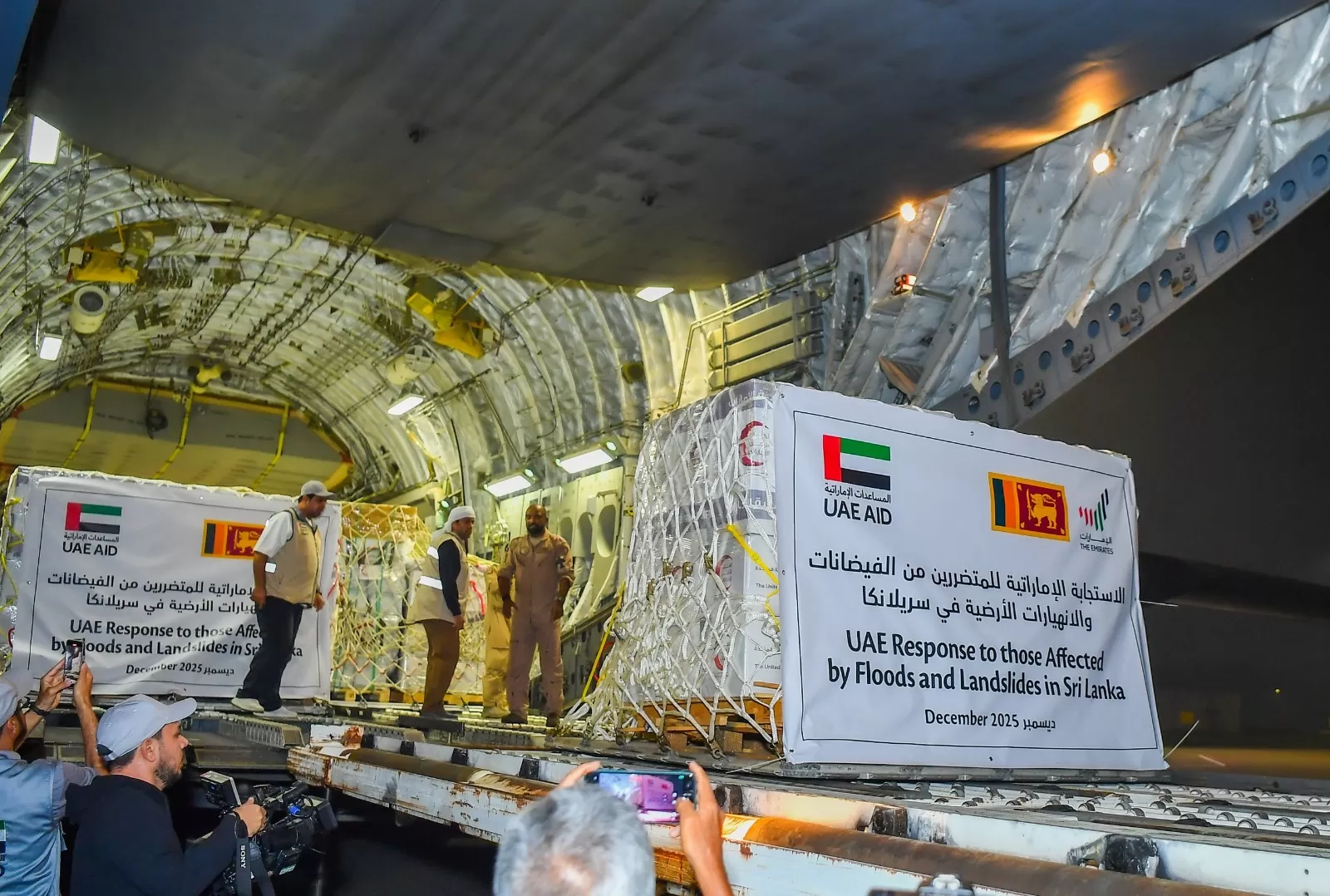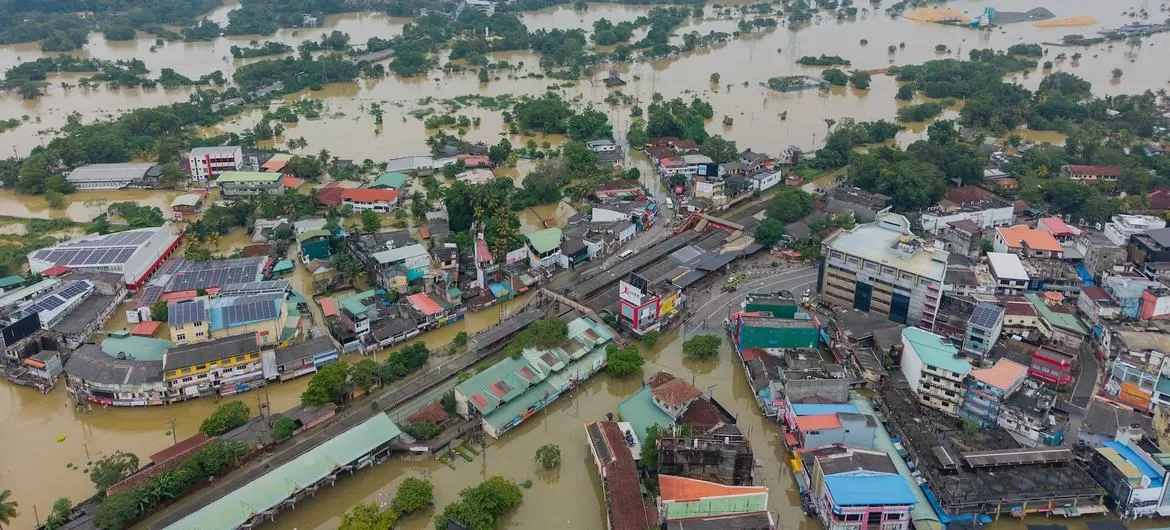Trending

In Sri Lanka, the relationship between the Sinhala Buddhist majority and the Muslim minority has steadily deteriorated since the end of the civil war. When Mahinda Rajapaksa was in power, much damage was caused when violence was unleashed on Muslims by Buddhist mobs, in Aluthgama in 2014. The new government, which was elected in 2015 with the support of the minorities, promised an end to such violence. However, the recent attacks in the Kandy district, where well over 200 homes and 14 mosques were destroyed, resulting in a state of emergency being imposed and social media platforms being blocked, has shown that this government too has not been able to contain the anti-Muslim project that is gaining ground in Sri Lanka.




